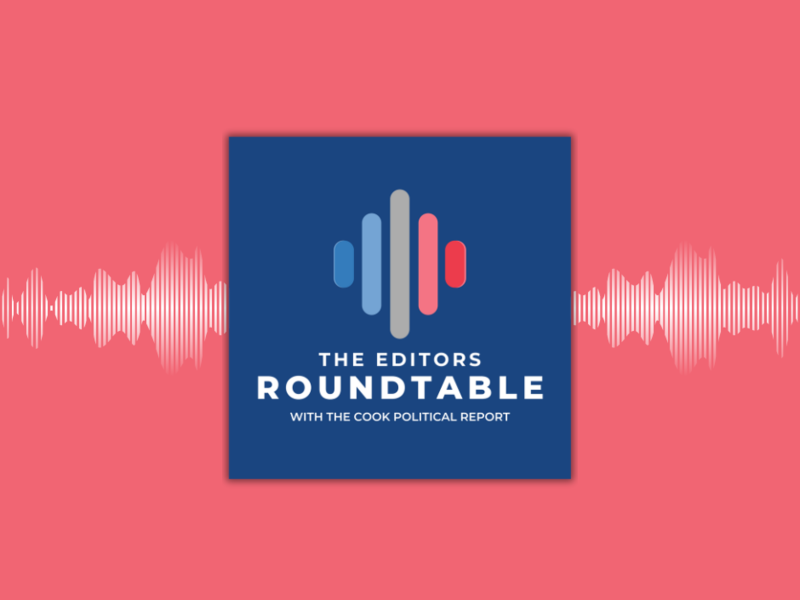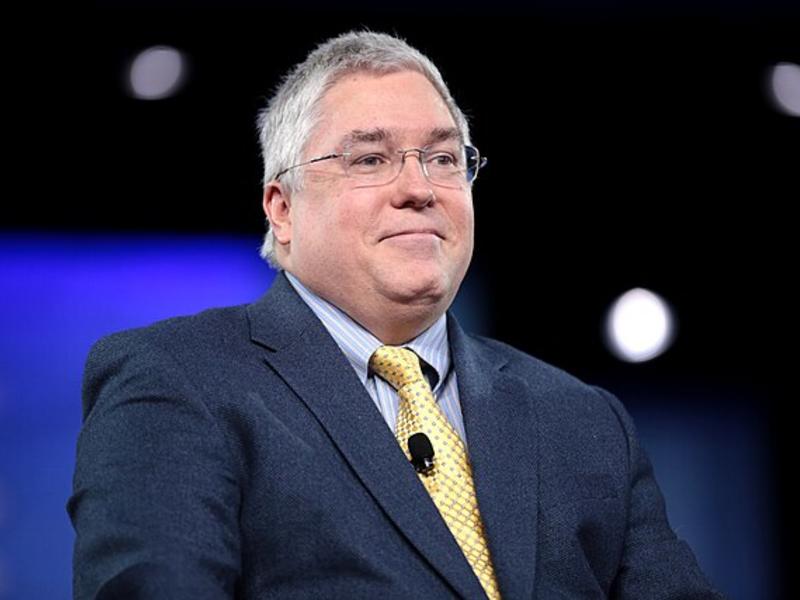
Watching the pair of Democratic presidential debates in Detroit this week left me feeling that former Vice President Joe Biden was both past his prime and good enough to be considered the favorite to win the nomination and enter the general election with an advantage over President Trump.
Biden appears to be successfully threading a primary needle, progressive enough to maintain his front-runner position while centrist enough to protect his viability in a general. While there are others attempting the same feat, his top competitors at this stage—Elizabeth Warren, Bernie Sanders, and, to a slightly lesser extent, Kamala Harris—are going full tilt for the nomination, the general election be damned.
Others with messaging focused on general-election swing voters, including Michael Bennet, Steve Bullock, John Delaney, John Hickenlooper, and Amy Klobuchar, have done so at what appears to be the cost of gaining any traction with primary voters and caucus attendees.
Far more challenging than, say, walking and chewing gum at the same time, these are objectives that are to a certain extent contradictory but necessary. The nomination is of little value if one has taken positions and said things that make that candidate unviable in a general election, but you can’t get to the general election without winning the nomination first. It is a balancing act that is both difficult and essential.
While some of the moderate candidates don’t seem to have helped their own personal causes that much in this week’s debates, it doesn’t mean they aren’t having a profound impact on the race. Their arguments are effectively aiming a spotlight on the extent that some of the more ideological candidates are painting themselves into a corner.
The progressives complained about moderates—and moderators—using “Republican talking points” in their criticism of Medicare-for-all and decriminalizing illegal immigration, for example, but these Republican talking points simply preview the coming attractions. They will be the arguments used against Democrats next year, and progressives won’t be able to say they weren’t warned. There are candidates in this race that will ultimately have to decide whether they want to be pure or president.
Biden took a lot of hits Wednesday night, as he did in the June debate. He got battered and bruised, no question about it. The price for having a great deal of experience is that it creates a long paper trail of potential opposition research. With 36 years in the Senate—all of it on the Foreign Relations Committee, including 12 years as its chairman or ranking member, plus 17 years as chairman or ranking member of the Senate Judiciary Committee—and, oh, eight years as vice president, it adds up to both a strong presidential résumé and a record that can be attacked, both legitimately and less so.
But that is what happens in primary nomination battles, and in general elections, too. It’s better to be battered and bruised than to have a glass jaw and not know it.
The further left a Democrat goes before winning the nomination, the more ground they have to cover to get back to a place where they can win in places like Michigan, Pennsylvania, and Wisconsin. (And don’t count out Ohio, which some have shifted out of the purple swing column and into the pink-to-red, Republican-tilting category, but polling now shows Biden with real leads there.)
The pattern in current general-election polling is that all of the reasonably well-known Democrats are running roughly even with President Trump, but it is Biden alone that in poll after poll is sporting leads either outside the margin of error or at the top end of that margin of error. Other Democrats, as they get better known and defined, might move from being about even now to a couple of points ahead, but that might not be enough, given the Electoral College configuration.
Hillary Clinton led by between 2 and 5 points in the polls going into Election Day, and by 3 points in the RealClearPolitics average. Recent articles by David Wasserman in The Cook Political Report and Nate Cohn in The New York Times have persuasively made the case that in terms of the national popular vote, a Democratic nominee will have to put significant daylight between themselves and Trump to win the Electoral College.
That’s because Democrats waste votes running up the score in California, Illinois, and New York, while the margins in big states Republicans carry are small and getting smaller. The Republican vote is that much more efficiently allocated around the country than the Democrats’. For instance, while some polls show Texas is winnable for Democrats, assuming Republicans end up carrying the Lone Star State it won’t be by a wide margin.
The reason so many Democrats are putting an unusually high premium on electability, besides their loathing of Trump, is that after what happened in 2016 they know they need a cushion in the national popular vote—enough that translates into 270 electoral votes.
This story was originally published on nationaljournal.com on August 2, 2019










Subscribe Today
Our subscribers have first access to individual race pages for each House, Senate and Governors race, which will include race ratings (each race is rated on a seven-point scale) and a narrative analysis pertaining to that race.